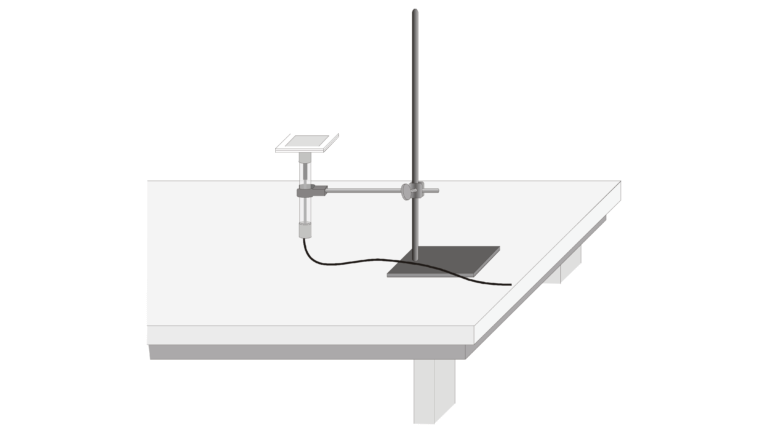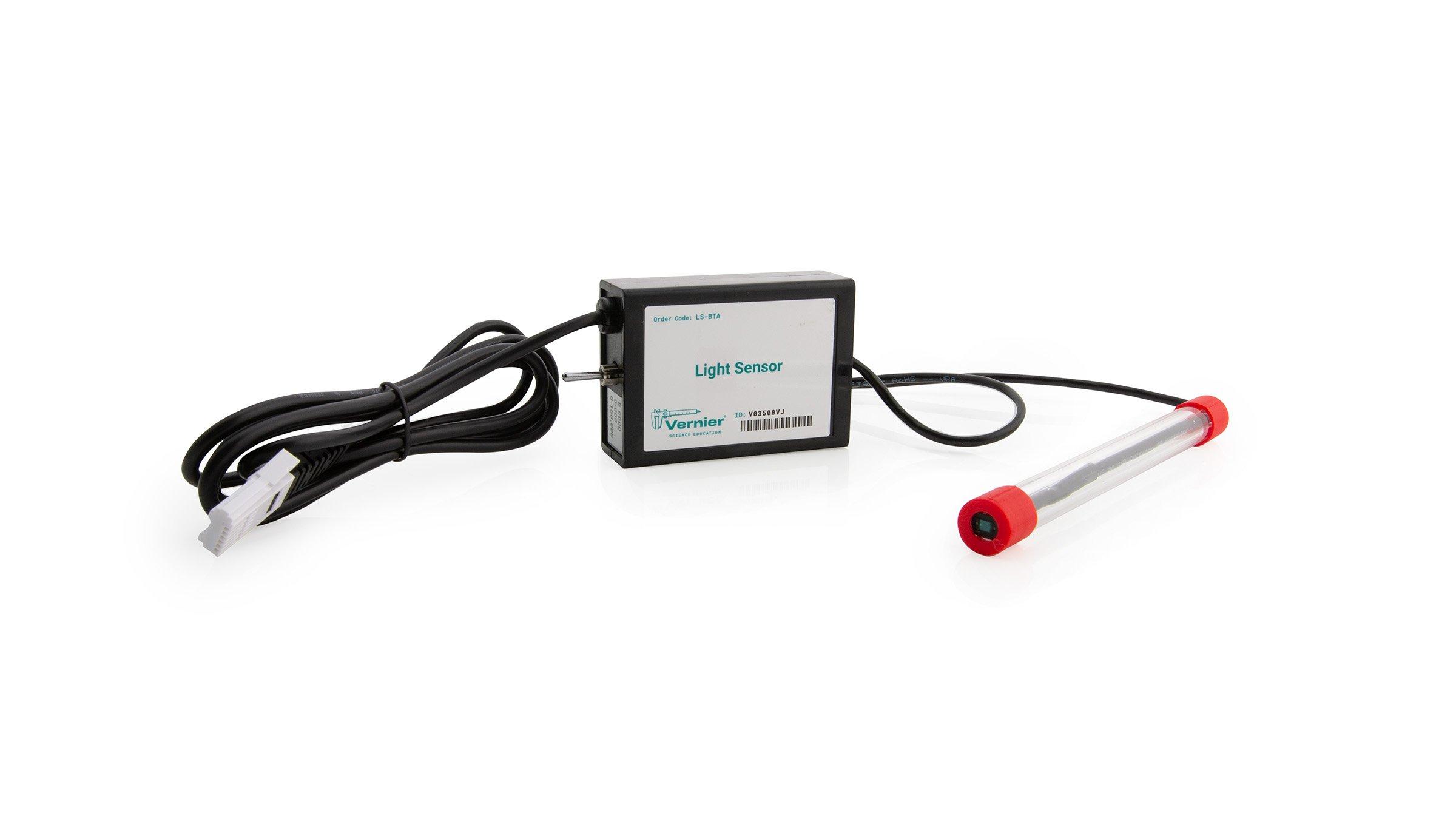
Introduction
Light is a wave. Just as waves on the water can push a floating bird up and down, a beam of light traveling toward you can push atoms up and down or to the left and right, or at a slant. The direction of the push and pull is always perpendicular to the direction the light is traveling. In ordinary light, light of all the different orientations are mixed together in equal amounts in a random way. In polarized light, one direction of the push and pull has been selected so the light can only push and pull atoms in one direction (possibly up and down or possibly left and right, but not both).
Some sunglasses are made of material that polarizes light. Polarizing material only allows light polarized in one direction to pass through. Light polarized in the perpendicular direction is absorbed and does not pass through. In this experiment you will use a Light Sensor to study what happens when light hits two consecutive polarizing filters.
Objectives
- Use a Light Sensor to measure the intensity of transmitted light.
- Study the transmission of light by polarizing filters.
- Record data.
- Make a graph of the data.
Sensors and Equipment
This experiment features the following sensors and equipment. Additional equipment may be required.
Option 2

Ready to Experiment?
Ask an Expert
Get answers to your questions about how to teach this experiment with our support team.
- Call toll-free: 888-837-6437
- Chat with Us
- Email support@vernier.com
Purchase the Lab Book
This experiment is #24 of Physical Science with Vernier. The experiment in the book includes student instructions as well as instructor information for set up, helpful hints, and sample graphs and data.


